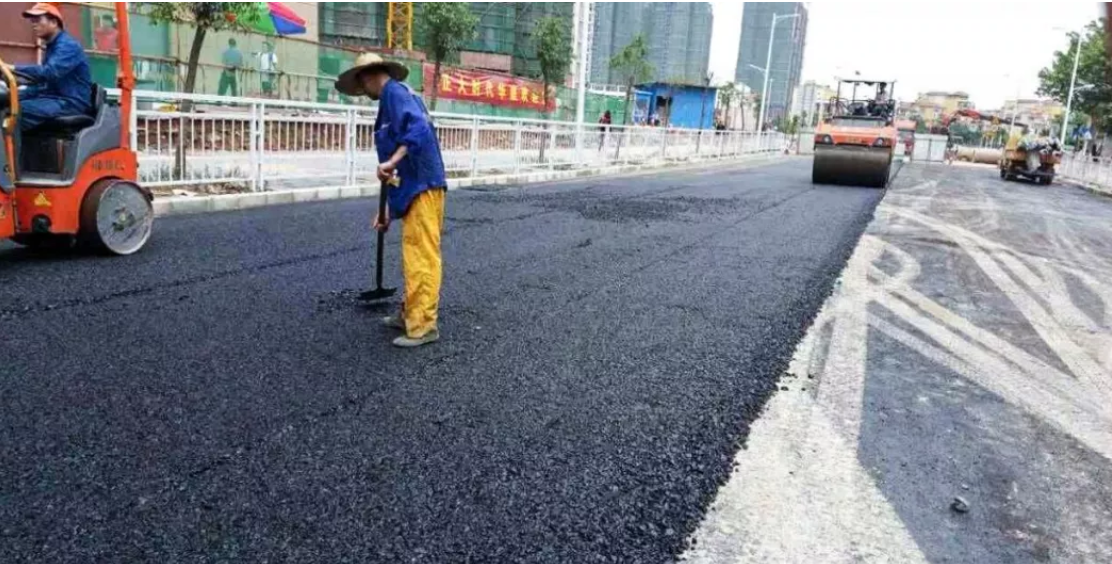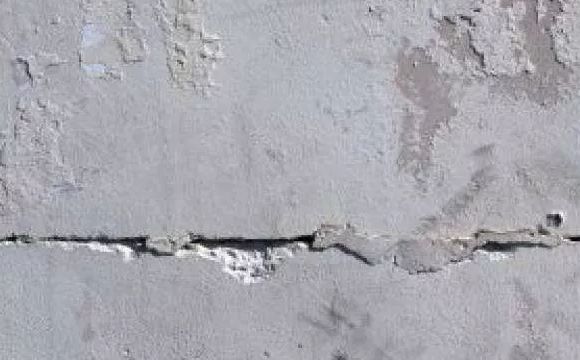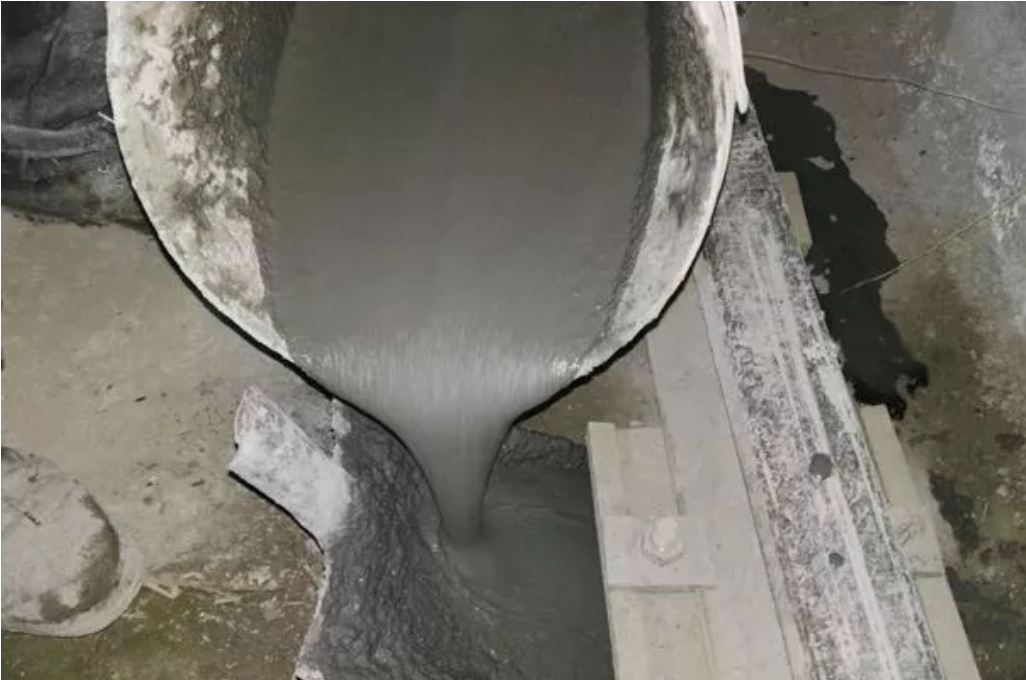

The causes of concrete structure cracking are very complex, which may be caused by design, material and construction. The top ten reasons related to materials include:
1、 Poor cement stability
1)Free calcium oxide or free magnesium oxide are crystal particles fired at high temperature. The curing is very slow. The curing is carried out only after the cement is hardened, causing the solid phase volume expansion of the surrounding cement stone and cracking of the cement stone.
2)When the amount of gypsum is too much, after the cement hardens, it will continue to react with solid hydrated calcium aluminate to form high sulfur hydrated calcium sulphoaluminate, with a volume increase of about 1.5 times, which will also cause the cracking of cement paste.

The particle content of 1-3 µ m is high, the strength is high in 3 days, the water demand increases, the pouring performance decreases, the hydration heat is large, the shrinkage rate is large, and early cracking is easy to occur.
3、 Other quality problems of cement
When the cement leaves the factory, insufficient strength, moisture or expiration may lead to insufficient concrete strength and concrete cracking.
4、 Large silt content of aggregate
Excessive mud content of aggregate will reduce the bond strength of concrete aggregate interface, reduce the tensile strength of concrete, increase the shrinkage rate, and make the concrete structure prone to cracks. At the same time, it will also reduce the binding force of cement slurry on coarse aggregate, so as to reduce the strength of concrete.
5、 Unreasonable aggregate grading
If the aggregate particle size is too small, the grading is poor and the porosity is large, it will increase the amount of cement and mixing water, affect the strength of concrete, increase the shrinkage of concrete and crack. If extra fine sand is used, the consequences will be more serious.

6、 Poor aggregate quality
1)The high content of mica in aggregate weakens the bonding force between cement and aggregate and reduces the strength of concrete.
2)Too much organic matter and light matter in aggregate will delay the hardening process of cement and reduce the strength of concrete, especially the early strength.
3)Sulfide in aggregate can react chemically with tricalcium aluminate in cement, with volume expansion of 2.5 times, resulting in cracking.
7、 Alkali aggregate reaction
The basic aggregate such as opal, andesite, Xuan Wuyan, diabase and phyllite may react with alkali strong cement to form alkali silica gel with expansive capacity, which will cause the expansion and failure of concrete and produce cracks.
8、 Excessive water cement ratio and slump
1)Water cement ratio and slump will directly affect the strength of concrete. In order to meet the pumping conditions, the pumped concrete has large slump and good fluidity, which is easy to produce the phenomenon of less local coarse aggregate and more mortar. At this time, when the concrete is dehydrated and dried, it will produce surface cracks.
2)Some concrete has bad phenomena such as segregation and bleeding, resulting in uneven distribution of various components of concrete, great difference in hydration reaction, and easy to produce cracks.

9、 Influence of admixtures
1)The poor adaptability of admixture and cement will increase the shrinkage of concrete in varying degrees.
2)Improper selection of admixtures (such as expansion agents), expiration, or misuse of counterfeit products are also prone to cracks.
10、 Mineral admixture
The higher the fineness of mineral admixture, the greater the shrinkage of concrete; The greater the content, the greater the shrinkage. Generally, commercial (pumped) concrete contains a large amount of fly ash (15% ~ 30%), and the concrete shrinkage is large. Therefore, the project using commercial (pumped) concrete is easy to crack. At the same time, the early strength of concrete is poor, which is not enough to resist the early internal tensile stress and prone to cracks.
Address : No. 1001 Longxiang Industrial Park, Weidu District,XuChang,HeNan, China
Tel : 4000-676-878
Code : 461000
Email : sales@sinoroader.com
Wechat : Sinosun
WhatsApp :+86 18224529750



